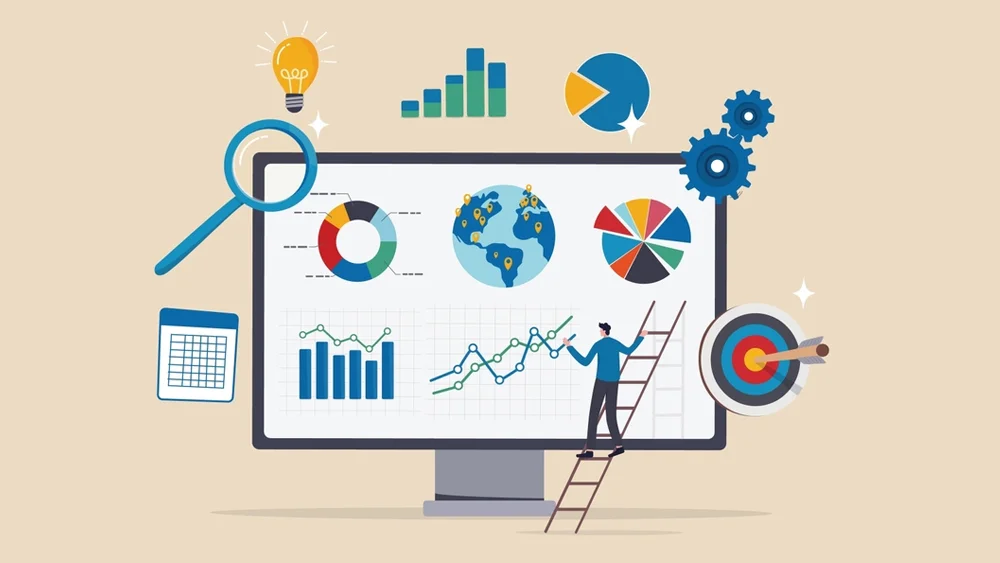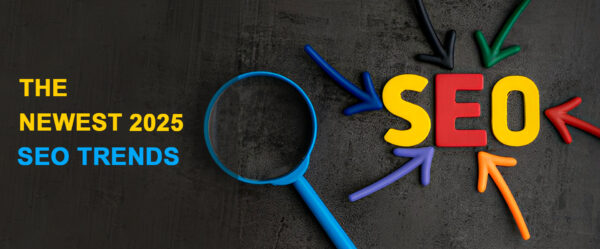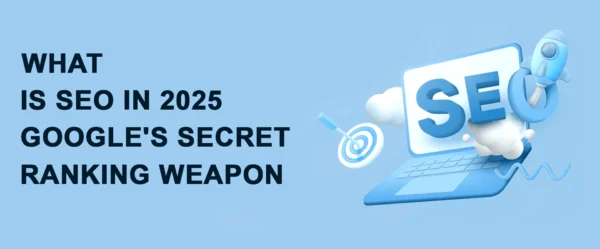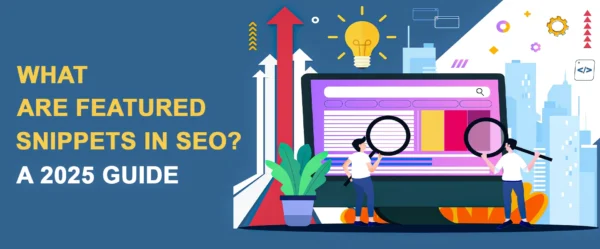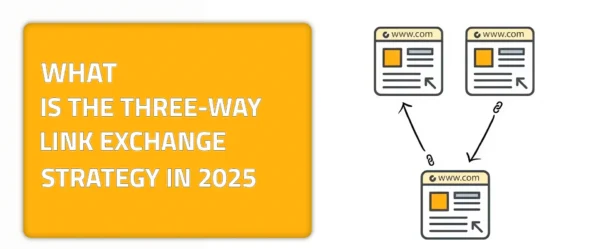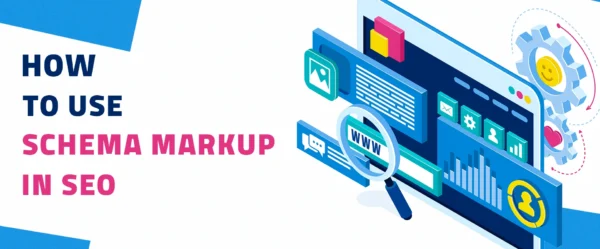Mastering PPC Marketing: A Step-by-Step Guide
Businesses and companies in all industries exert exceptional effort to gain exposure. Back in the day, this was accomplished through things like TV ads, handouts, events, and so on. However, this was before the major takeover of the internet as a marketing channel where businesses should have a strong presence. Since then, more ways and strategies have emerged to accomplish the same goals, but in the digital realm. Among the many strategies, like SEO, one strategy appeared and became widely used and favored by businesses and marketers: PPC marketing. In this article, we will explore PPC marketing as a strategy and idea for increasing business exposure on the Internet. This PPC marketing guide includes everything regarding this strategy, from its definition and importance to the process and the best platforms you could use.
What is PPC Marketing, and How Did It Start?
Let us start this PPC marketing guide with a question that would come to anyone’s mind: What is PPC marketing? And how did it start? Well, not everyone would be interested in how it started, but we are going to answer that anyway. PPC, or pay-per-click, is a digital marketing strategy that may be among the first on the market. It is where businesses pay for each click made by a user. Hmm, this can be a little tricky or incomprehensible, so let’s break it down a bit. This strategy involves establishing ads on the internet, whether on search engines, social media, websites, etc. It just has to be done on a digital medium where people can see it. After the ad is created and running, a fee will be paid each time a user clicks on it.
As per the history of PPC, let us take a quick dive. PPC marketing didn’t start with search engines, unlike what you would expect. The very first proven start of PPC started when a desktop application had the idea of creating spaces where businesses could display their ads. It was only a matter of time before the idea skyrocketed. Many reputable businesses started to reach out to display their ads. Many platforms started to adopt the new advertising model as it developed. In 2000, Google established Google AdWords, where people can place ads on the search engine by using specific keywords.
PPC Models
The PPC ads are divided into two models that advertisers usually choose from. They are the flat-rate model and the bid-based model. The flat rate model emerged with the emergence of PPC marketing and was the only model used for years. It involved paying a fixed fee that doesn’t change no matter what. The fee, however, can vary from one keyword and ad space to another, but would still be static. On the other hand, the bid-based model involved placing bids on keywords and ad spaces. With each bid placed, the price per click would shift until it settled on the maximum amount that could be paid.
PPC vs. SEO: Is There Any Comparison?
Moving to our second section of the PPC marketing guide, an essential comparison. SEO and PPC are major strategies that have been associated with each other in either marketing plans or comparisons. But is there any comparison between the two strategies?
Upon establishing a marketing and promotion plan, businesses have to settle on strategies to use that could yield the best results. Among the strategies that they use are SEO and PPC. And that is why a comparison always arises. SEO, or search engine optimization, is the process of improving your business platform’s rank on all SERPs. This is done through many methods, like link exchange, guest posting, and many more. Since SEO focuses more on organic methods and strategies, it is considered a long-term plan for business, where results usually appear over time and are not immediate.
PPC, on the other hand, has the same aims and goals as SEO, which are improving ranks and increasing exposure. However, the way that PPC tackles this is different, as it is done through paid ads and targeting specific segments of users. This is why the results of PPC are almost immediate and work way faster.
How Significant is PPC Marketing?
Targeted Advertising
PPC marketing enables you to concentrate on particular demographics, geographic regions, interests, and behaviors. Thanks to this targeted advertising, you may reach your ideal customers more easily, which in turn boosts your conversion rate.
Cost Control
You can manage your spending and budget with PPC. Ads cost nothing until a user clicks on them, hence the term. Daily or monthly budgets can be defined and adjusted according to performance and accomplishments.
Measurable and Trackable
PPC platforms offer comprehensive data and insights. This easily allows you to optimize your campaigns, as you may see how well your ads are doing right now and make changes accordingly.
Brand Visibility and Awareness
Users are still exposed to the ad and campaign even if they do not click on them. Awareness and recognition of the brand may increase as a result of this exposure.
Flexible and Adaptable
PPC campaigns offer a great deal of flexibility. You can make rapid modifications to the ad copy, target alternative keywords, or modify the budget in accordance with the performance data that you obtain.
Remarketing Opportunities
PPC enables you to further reinforce your brand’s message and, perhaps, increase conversions by contacting people who have already visited your website but did not make a purchase.
The Key Components of PPC Marketing Campaigns
PPC campaigns are nothing but simple, as there are a lot of factors and components that advertisers and marketers should take into consideration and analyze well. There are many components that make up a PPC marketing campaign, so let us learn a few of the most important components in our PPC marketing guide.
Keywords
Keywords are the backbone of any digital marketing strategy, so it is no surprise that they are included in PPC as well. PPC campaigns rely significantly on keywords, as they act as triggers for the whole ad and help attract the correct target audience. Therefore, conducting extensive keyword research is required to have a successful PPC campaign.
Ad Copy
An ad copy is what differentiates a good ad campaign from a poor one. Ad copy is the content included in the body of the ad, like the descriptions, headlines, CTAs, and so on. It is important to construct and orchestrate engaging and appealing ad copy to encourage users to click on the ad and therefore have a successful campaign.
Landing Pages
Just because you have optimized the ad itself and made it appealing doesn’t mean that you can ignore the destination where the users will be redirected. Landing pages are the linked pages that users get to after clicking an ad. Unlike many people’s knowledge, landing pages are a major part of PPC campaigns. That is because people can be mesmerized by an ad and the moment they are redirected to the destination, their expectations will fall to the ground. It is important to keep the ad experience for users absolute from A to Z, which includes landing pages.
PPC Platform
The last important component of PCC campaigns is the PPC platforms themselves. It is important to choose suitable PPC platforms that can meet your needs and requirements and have all the tools you’re looking for. Marketers and advertisers have a plethora of options when it comes to PPC platforms. The first and most common option is Google Ads. What is great about Google Ads is the network it has other than the search engines. Through Google ads, people can advertise on Gmail, YouTube, and many other platforms that fall under the big umbrella of Google. Another platform that is widely used is Bing Ads. Bing or Microsoft Ads, is one of the biggest search engines that advertisers can take advantage of. Their services also include advertising on other Microsoft platforms, not just the search engine.
An Overview of the PPC Process
Creating a PPC campaign involves several steps that need to be taken to come up with an effective and successful plan. To accomplish this, there are several steps that marketers and advertisers need to follow, so let us learn them in our PPC marketing guide.
Goal Setting
Make sure your PPC campaign has well-defined goals. The success of any campaign depends on your ability to define and achieve measurable objectives. These objectives might range from increasing sales and brand awareness to driving traffic and generating leads.
Keyword Research
Look for keywords that people use to describe your goods and services, and focus more on unique ones that closely relate to your brand. You can accomplish this and get to the top of search engine results by getting some help. Tools like Ahrefs, Google Keyword Planner, or SEMrush can help you find low-competition, high-volume keywords.
Create Compelling Ad Copy
Write advertising copy that is interesting and resonates with the people you are trying to reach. To effectively express your value proposition and to promote clicks, you should craft ad copy components like descriptions and headlines that are attention-grabbing and memorable.
Campaign Setup
To set up your campaign, you should make use of a suitable PPC platform, as we discussed earlier how important they can be. You can use Google Ads or social networking platforms such as Facebook Ads. Establish specifications such as the type of campaign, the budget, the bidding, the ad groups, and the targeting options.
Continuous monitoring and optimization
The last step of this process is continuous monitoring and optimization. You can end the PCC campaign by just launching it; you need to keep track of the performance and the click rate to see how well the ad is doing. In this case, if the results aren’t satisfactory enough or not as expected, you will be able to optimize the campaign by modifying components that may be causing a problem, like the landing page or keywords.





